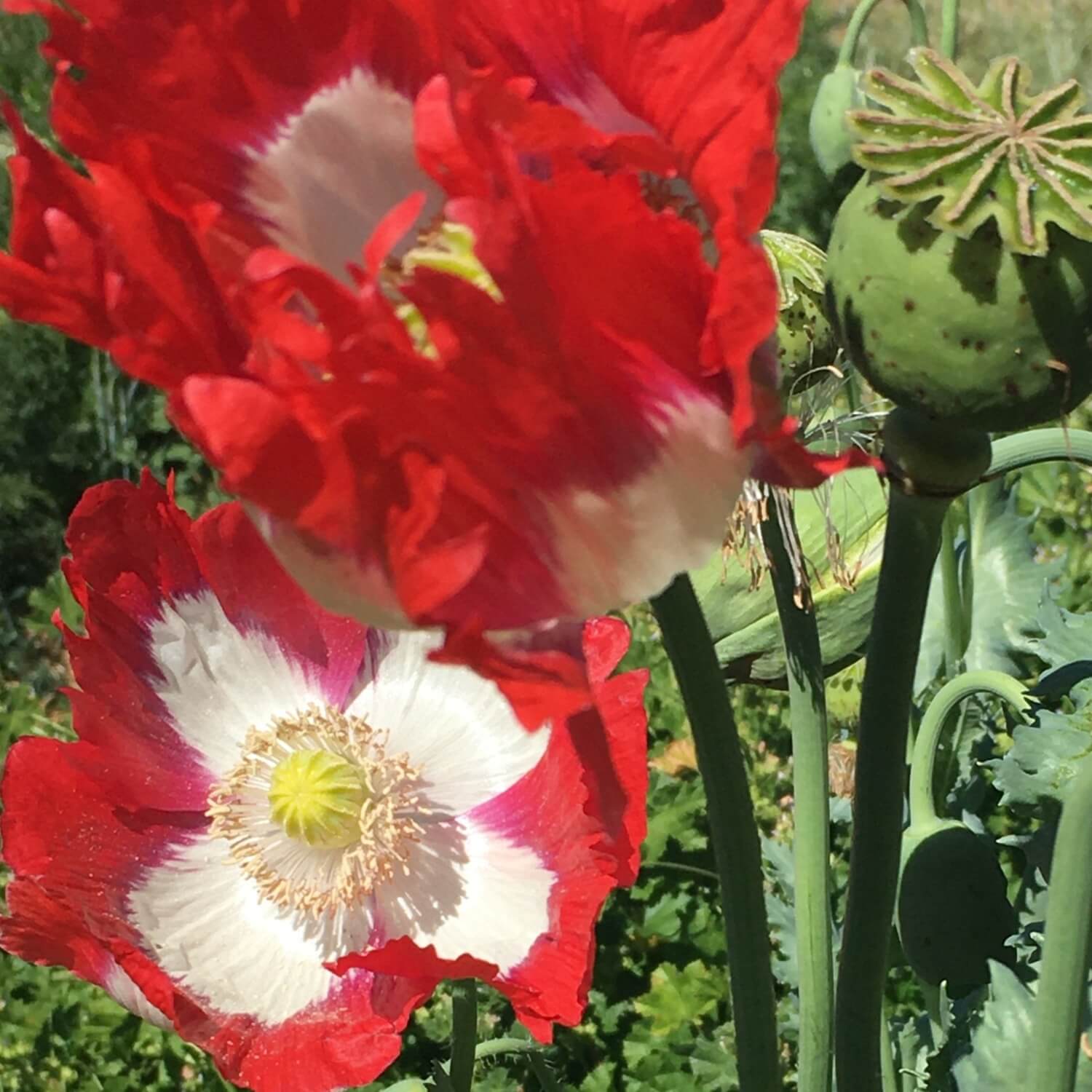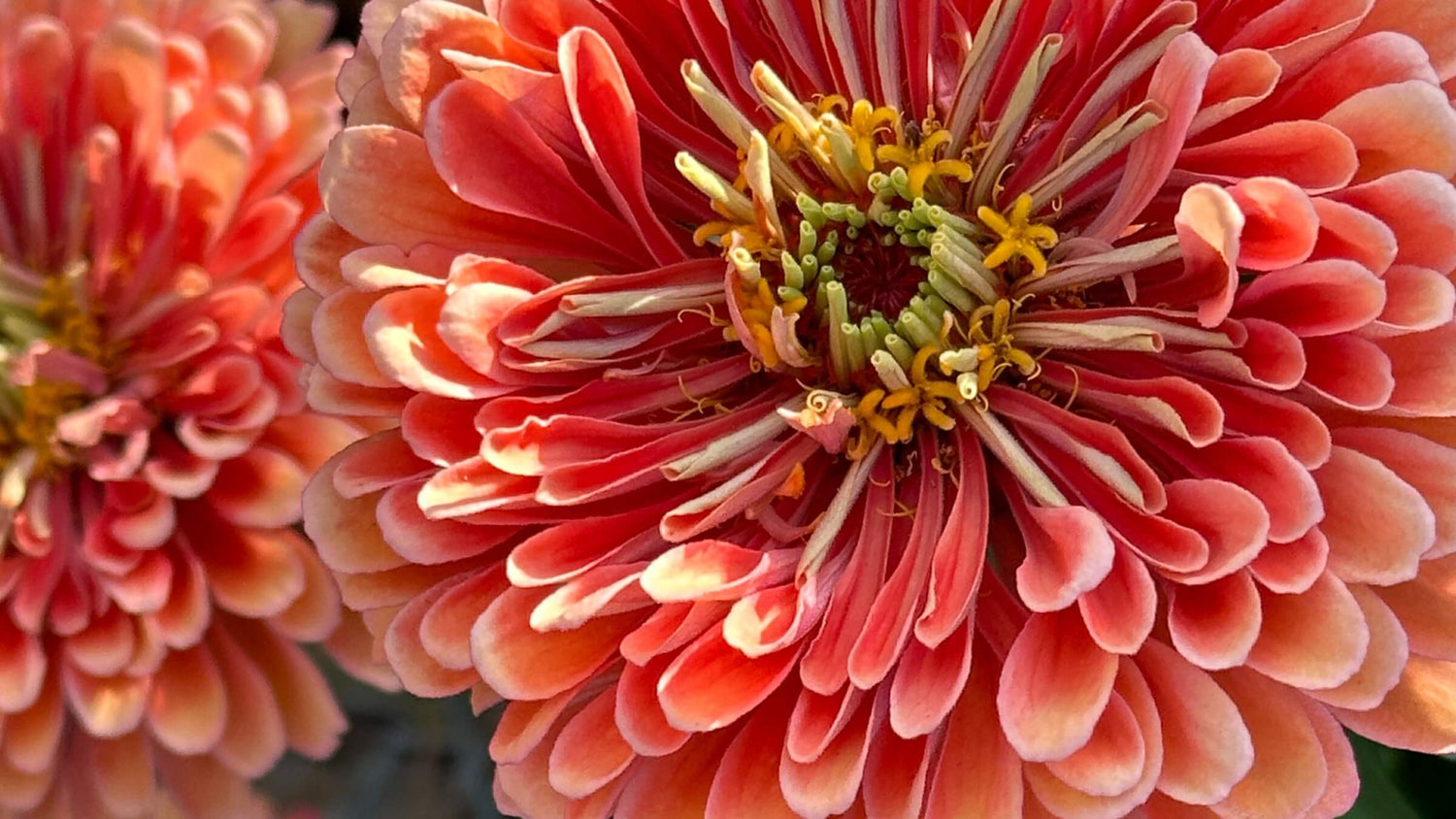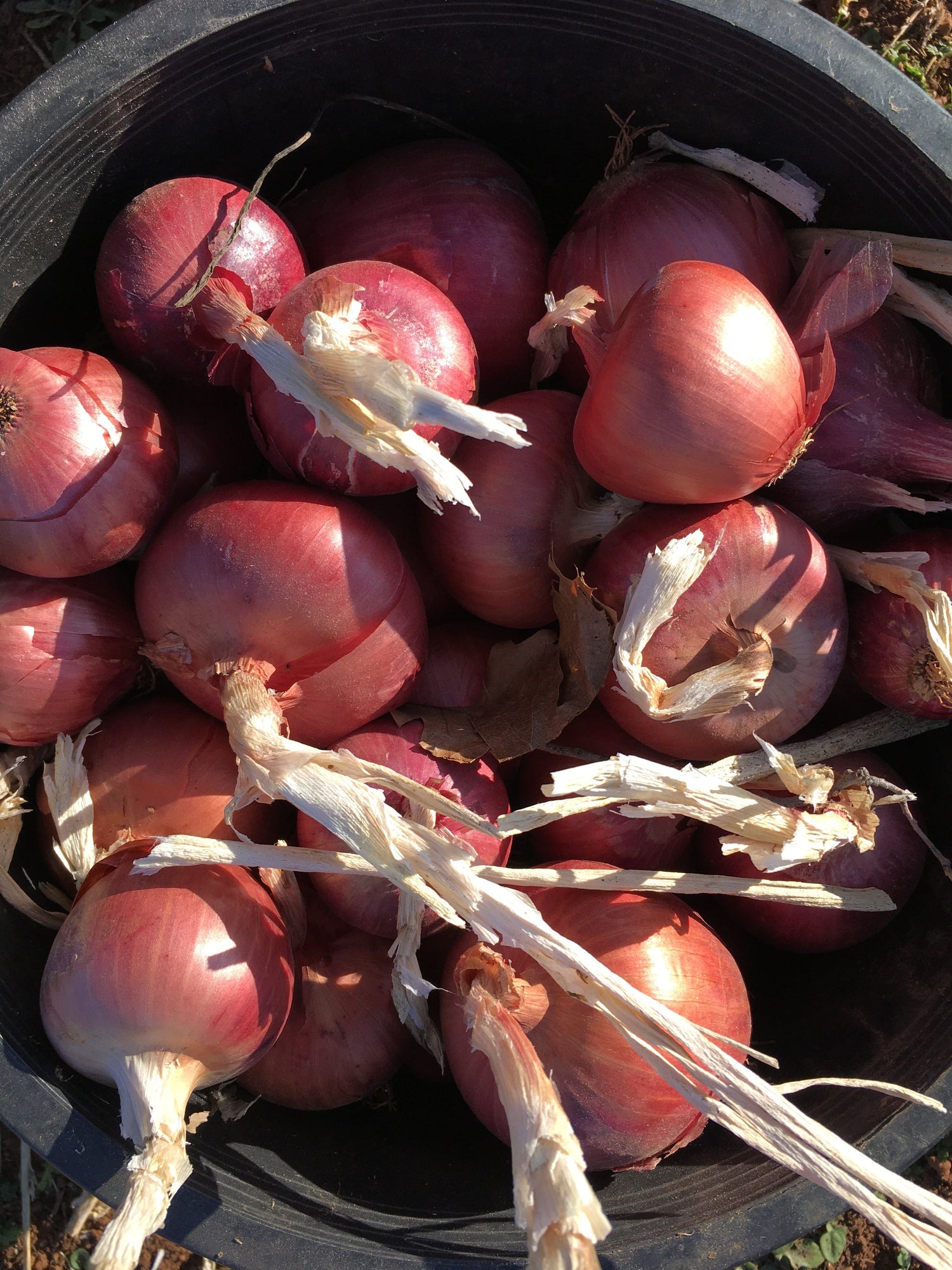At this time of year our garden is a-buzz with insects happily pollinating our various brassica crops. By brassica I mean vegetables in the Brassicaceae family formerly the Cruciferaea family. This includes broccoli, cabbage, kale, brussel sprouts, cauliflower, arugula, garden cress, napa cabbage, bok choy, mustards, etc. An easy way to know if a plant is in this category is by looking at the flower, which are abundant at this time of year! Brassica flowers have four petals in the shape of a cross, hence the old family name Cruciferae.They are pollinated by bees making them outbreeders.
People regularly tell me about various plants going to seed in their gardens. Often they have a couple kale plants or a broccoli going to seed and want to save from these. Listen up here! This is what you need to know if you want to save brassica seed in your garden and keep the varieties pure.
Pay attention to scientific names. These are the latin names that all living plants, animals, insects and fungi have. This is the basic rule of thumb: any vegetable that has the same genus and species names can cross pollinate. For example cabbage is Brassica oleraceae and broccoli is also Brassica oleraceae. The first name is the genus and the second name is the species. As you see with broccoli and cabbage they have the same genus and species names. Yes! This means they will cross! So if you plant these next to eachother in the garden and let them go to seed you will end up with F1 hybrid seed that will not be either cabbage or broccoli. This is great for plant breeders looking for new varieties but if you want to save your own pure seed then you need to pay attention to latin names.
The solution is to isolate your brassica crops by distance to avoid cross pollination. On a large farm like ours we can do this by planting one B. oleraceae in our upper garden and one in our lower garden at a distance of .5 miles. However, that is usually not possible in a home garden. So you have to make some choices! You can plant and eat many of the same species but only let one of each species go to seed.
For example: plant broccoli, cabbage and brussel sprouts but only let the broccoli go to seed. Plant bok choy, turnips and napa cabbage (all Brassica rapa) but only let the bok choy go to seed. Below you can seed Maisie munching on some tasty flowers of B. juncea!
POPULATION MATTERS- When folks tell me about the broccoli going to seed in their gardens my next question is always how many plants they have. Often it is just a few. Many brassicas tend to be quite poly-amorous! They need many of their own kind to spread pollen around to produce good viable seed with genetic diversity. They are outbreeders, meaning insects do the dirty work of spreading pollen from blossom to blossom. On top of this many are also self incompatible. This means that the pollen from one plant is shedding but the stigmas, female parts, of that plant are not receptive to the pollen. So insects transport the pollen to other plants of the same type. The opposite would be an inbreeder like lettuce or tomatoes that do not need insects to pollinate the flowers. This also means you need less isolation distance.
Some brassicas are biennial. They need to go through a period of cold weather, aka winter, to produce seed. Examples of these are cabbage and kale. Sometimes gardeners will plant kale or cabbage in early spring and then the weather will become cold again in March and the plants will set seed the same season. When this happens we usually discard the seed because by saving that seed you are essentially selection for early bolting.
Refer to the chart below for scientifc names, population size, isolation, outbreeder vs. inbreeder and biennial vs. annual.
|
Brassicaceae |
|
|
|
|
|
|
Cauliflower, Kale, Cabbage, Broccoli, Brussel sprouts |
Brassica oleraceae |
50-100 |
.5 miles |
Outbreeder-insects |
Biennial/Annual
|
|
Bok Choy, Turnips, Tatsoi Mustard, Mizuna |
Brassica rapa |
50-100 |
.5 miles |
Outbreeder-insects |
Annual
|
|
Giant Red Mustard, Green Wave Mustard |
Brassica juncea |
50-100 |
.5 miles |
Outbreeder-insects |
Annual
|
|
Arugula |
Eruca sativa |
50-100 |
.5 miles |
Outbreeder-insects |
Annual
|
|
Radish |
Raphanus sativus |
50-100 |
.5 miles |
Outbreeder-insects |
Annual
|
|
Garden Cress |
Lepidium sativum |
50-100 |
.5 miles |
Outbreeder-insects |
Annual
|
What is going to seed in our garden now? We have Red Winter Kale (B. napus), Collards (B. oleraceae), Pak Choy(B. rapa) and Giant Red Mustard(B. juncea) all going to seed. They all have the same genus but different species so there will be no cross pollination. Easy! Once you wrap your head around the latin names of plants and the differences between outbreeders and inbreeders seed saving starts to make sense. I think of it as a big patchwork quilt we sew in our gardens each summer as we place crops around the gardens to achieve isolation. Are you saving any seeds in your garden this season?








